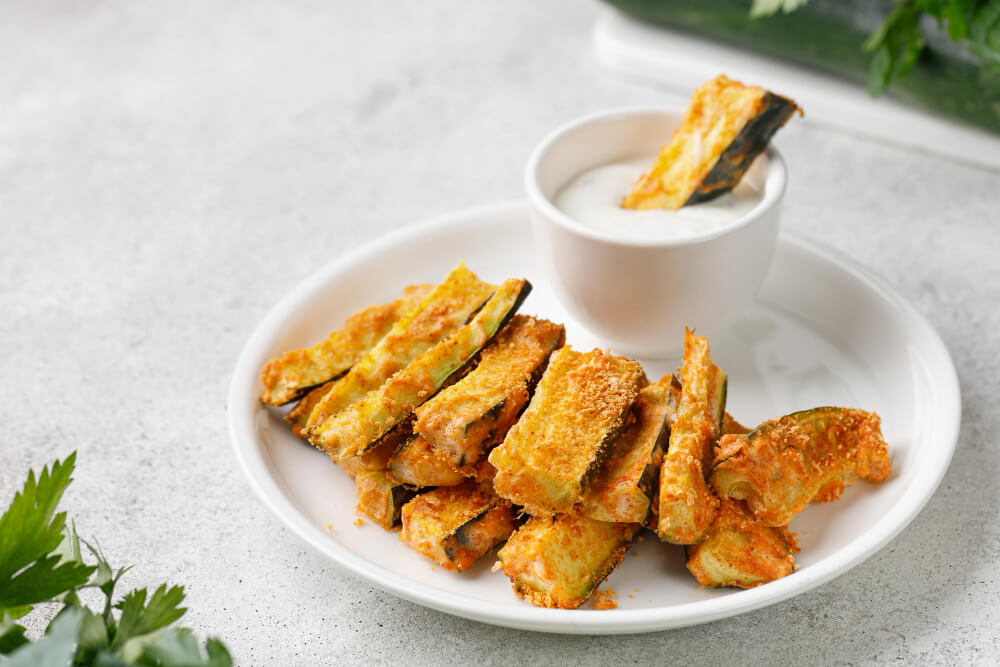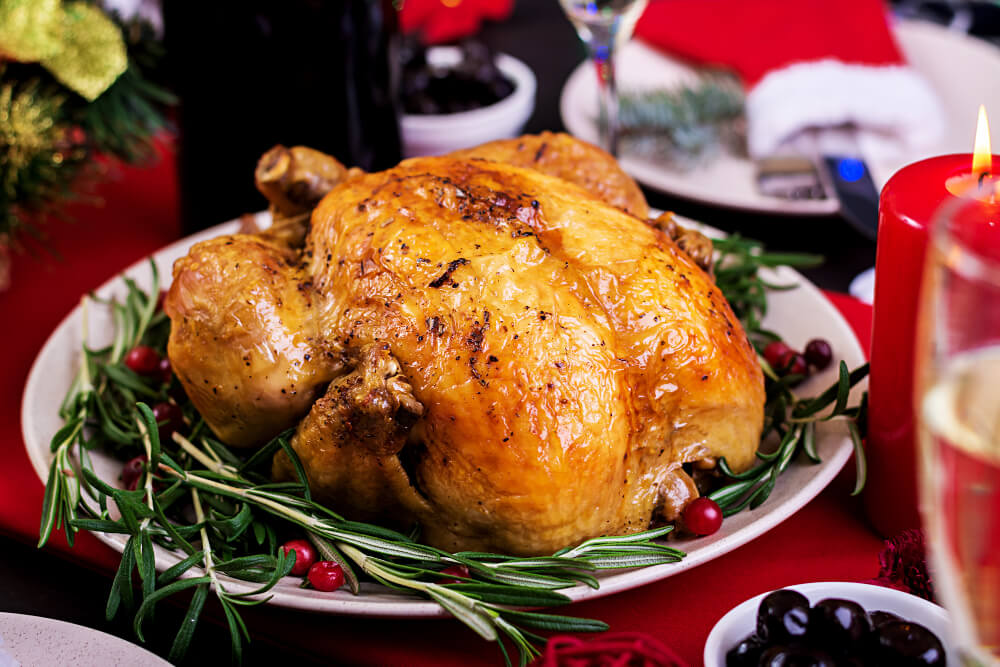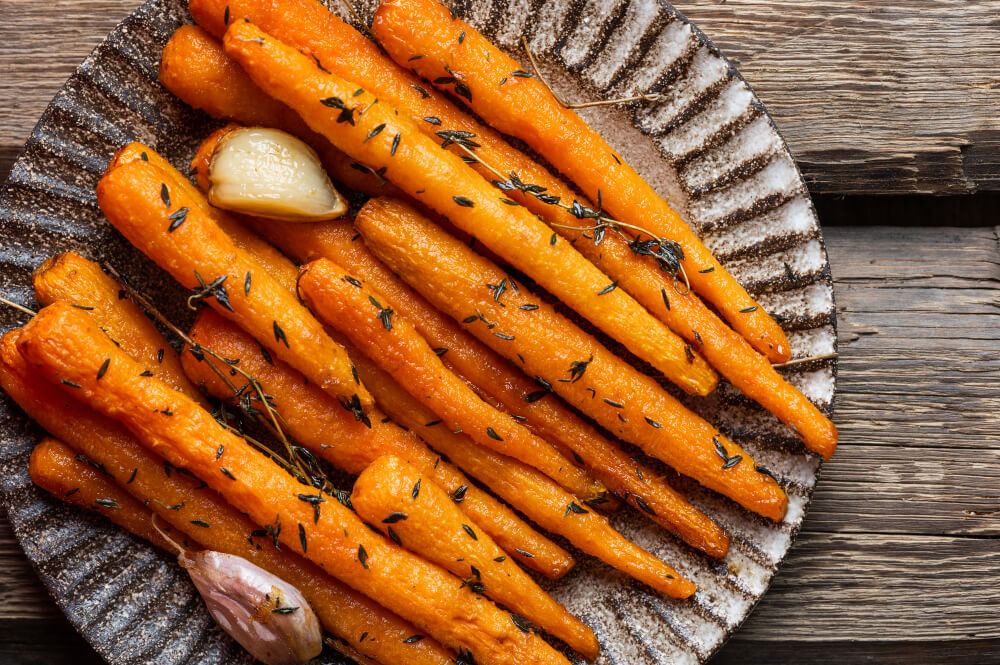
Preparing sushi at home can be a fun and rewarding experience, but having the right tools is essential for success. One of the most important tools for making sushi is a cutting board.
While plastic cutting board and rubber cutting boards are commonly used in many kitchens, a wood cutting board is the best choice for sushi preparation. Plastic and rubber boards are easy to clean and can be washed in the dishwasher, but they can quickly dull the knife edge and damage the knife blade.
On the other hand, wooden cutting boards are gentle on the knife and provide a good grip on the fish. Japanese cypress is a popular choice for sushi cutting boards, while polyvinyl cutting boards are also commonly used. A high-quality cutting board is crucial for achieving perfect cuts of Japanese sashimi.
In this blog, we will explore why a wooden cutting board is the best choice for preparing sushi.
Reasons Why Wood Board is the Best Choice for Sushi Making

A sushi chef's journey begins with the selection of the perfect cutting surface. Choosing a cutting board for your Japanese sushi is an essential decision that impacts the quality and presentation of your sushi creations.
Among the variety of cutting board options, such as plastic board and bamboo cutting board, a wooden cutting board made from walnut stands out as the best choice for sushi making.
Here, we will delve into the reasons why wooden boards are the preferred cutting surface for professional sushi chefs and how you can elevate your sushi game by opting for a premium cutting board.
Enhanced knife maintenance with wooden cutting boards
Japanese knives are crafted with precision and care, making them an indispensable tool for any sushi chef. When using a wooden cutting board, especially one made of walnut, the surface of the board provides a gentle and forgiving cutting surface that helps preserve the sharpness of your Japanese knife.
On the other hand, plastic boards and even though high quality synthetic material is common, they can be harsher on knives, causing them to dull more quickly. A well-maintained knife is crucial for precise cuts, which ultimately results in better sushi.
Wooden boards offer natural antimicrobial properties
One of the best woods for cutting boards is walnut, as it possesses natural antimicrobial properties. This characteristic helps to keep your cutting surface clean and free from harmful bacteria.
While a plastic board might be easier to sanitize, it can develop grooves and scratches over time, creating an ideal environment for bacteria to thrive. In contrast, wooden boards self-heal, reducing the risk of contamination and ensuring a safe workspace for sushi preparation.
Superior aesthetics and presentation
A wooden cutting board made from walnut not only offers functional benefits but also brings an unmatched elegance to your sushi-making experience. The rich, dark tones of walnut create an inviting backdrop for your sushi creations, allowing the vibrant colors of the fish and other ingredients to pop.
A small board made from premium wood also adds a touch of sophistication when serving sushi, creating a memorable dining experience for your guests.
Increased longevity and durability
Investing in a professional-grade cutting board made from high-quality wood, such as walnut, ensures you have a durable and long-lasting cutting surface. Wooden boards are known for their resilience and ability to withstand repeated use without warping or cracking.
Plastic boards, on the other hand, can deteriorate more quickly, often requiring replacement sooner than their wooden counterparts. With proper care and maintenance, a wooden cutting board can last for years, making it an ideal choice for sushi chefs who value longevity and reliability.
Sustainable and eco-friendly option
As an alternative to wooden cutting boards, a bamboo boards can also be a choice due to their eco-friendly nature. Bamboo is a rapidly renewable resource, making it a sustainable and environmentally responsible option for your sushi-making needs.
By choosing a bamboo or wooden cutting board, you are not only investing in a high-quality cutting surface but also supporting sustainable practices that have a positive impact on the environment.
To sum up, a wooden cutting board, especially one made from walnut, is the best choice for sushi making due to its knife-friendly surface, natural antimicrobial properties, exceptional aesthetics, durability, and sustainability.
Whether you are a professional sushi chef or an enthusiast looking to elevate your sushi game, a premium wooden cutting board is an investment that will enhance the quality and presentation of your sushi for years to come.
Factors to Consider When Choosing Wooden Cutting Boards

When it comes to selecting the ideal cutting board for your cooking experience, wooden cutting boards are often the preferred choice for professional chefs and home cooks alike.
However, with a vast array of options available, it can be overwhelming to find the best wooden cutting board that suits your needs. In this article, we will discuss the crucial factors to consider when choosing a wooden cutting board, helping you make an informed decision.
Board material: Hardwood vs. Softwood
The type of wood used in constructing a cutting board is one of the most critical factors to consider. Unlike chopping board options made from wood or plastic, hardwoods like maple, walnut, and cherry are popular choices for their durability and resistance to knife cuts.
These types of wood provide a sturdy surface that is gentle on your sharp knife, ensuring it remains in optimal condition. Softwoods, on the other hand, tend to be more susceptible to damage and may not withstand the rigors of daily use.
End grain vs. Edge-grain construction
When it comes to wooden cutting boards, you'll find two primary constructions: end-grain and edge-grain boards. End-grain boards showcase the wood's natural fibers on the surface of the board, offering a self-healing property that minimizes knife marks and prevents the board from warping.
Edge-grain boards, conversely, feature the wood's long-grain on the cutting surface, which may be more prone to knife marks but can still offer a high-quality cutting experience. Professional chefs often prefer end-grain boards for their durability and ability to maintain a sharp knife edge.
Size and thickness
The size and thickness of a wooden cutting board are essential factors to consider when selecting the perfect board for your kitchen. Gauge your available counter space and the types of tasks you will be performing on the board to determine the ideal dimensions.
A larger board provides ample room to chop and prep ingredients, while a smaller board may be more suitable for quick tasks or limited space. In terms of thickness, a high-end wooden cutting board is typically between 1.5 to 3 inches thick, providing stability and longevity.
Maintenance and care
A wooden cutting board needs proper care to ensure it remains in optimal condition. Before making your choice, consider the maintenance requirements of the board material.
For example, hardwood boards may require regular oiling to prevent them from drying out and cracking. Additionally, wooden cutting boards should be hand-washed and dried immediately to prevent warping or bacterial growth. Opt for a wooden cutting board that aligns with your willingness to maintain and care for it.
Cost and quality
When selecting a wooden cutting board, it's essential to strike a balance between cost and quality. While a high-end board made from premium hardwood and end-grain construction may be more expensive, its durability and performance make it a worthwhile investment.
Conversely, a lower-cost wooden cutting board may not offer the same level of quality, leading to more frequent replacements or potential damage to your knife. Weigh the pros and cons of each option to find the best wooden cutting board that fits your budget and needs.
Conclusion
To find the perfect wooden cutting board, consider factors such as the board material, construction, size, thickness, maintenance requirements, and cost. By carefully evaluating these factors, you can ensure that the wooden cutting board you choose will not only enhance your cooking experience but also stand the test of time.
A well-selected wooden cutting board will become an indispensable tool in your kitchen, providing a reliable and attractive surface for all your chopping and prepping needs.
Related Articles
- Wood vs. Plastic Cutting Boards Which One Is the Best?
- Bamboo vs Wood Cutting Boards: The Pros & Cons You Need To Know
- How To Clean a Wood Cutting Board Like a Pro: Simple and Easy Tips
- Best Wood for Cutting Boards, the Ultimate Guide
- Why Use a Cutting Board Oil Applicator?
- Cutting Board Oil: What Is the Best Oil for Wood Cutting Boards?
- How to Refinish a Wood Cutting Board and Make It Look Like New
- Is Oak Good for Cutting Boards - Best Wood for Cutting Board Guide
- How to Fix a Warped Cutting Board
- How to Season a Wood Cutting Board | Wooden Cutting Board Guide
Related Products You Might Like
If you're looking for high-quality wooden cutting boards that are ideal for making sushi, serving steak, and more, Mevell has got you covered. Mevell's wood cutting boards are made from premium hardwoods such as walnut and feature end-grain construction for durability and resistance to knife marks.
With a range of sizes and thicknesses available, our cutting boards offer a versatile and reliable cutting surface that will enhance your cooking experience. Plus, with proper care and maintenance, our cutting boards can last for years, making them a worthwhile investment for any home cook or professional chef.



